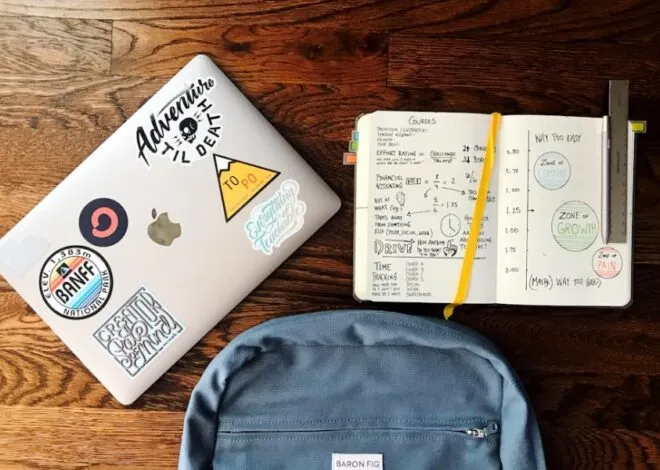In today’s world, children are doing things younger and younger. One exception to this seems to be potty training. Perhaps due to the availability of disposable diapers, training pants and other types of toddler-size disposable underwear, children are getting trained later and later, and even many preschools no longer require that a toddler be potty trained. Potty training a toddler is not difficult as long as both parent and child are ready.
Readiness
Step 1
To be successfully potty trained as a toddler, the child must first exhibit physical and cognitive signs of readiness, necessary motor skills and some social awareness. Most toddlers are ready by the age of 2. When your toddler lets you know that he needs to be changed or indicates by his behavior that he is ready to go, it is time to begin potty training. If your child resists potty training, take a break for a few weeks before trying again.
Step 2
You need to find what will motivate your toddler. Does she want to wear pretty pink big-girl panties or cartoon pants? Will he enjoy getting a sticker every time he goes in the potty? Does she want to use the toilet like her big sister? Deciding on a single motivation and focusing on it is more likely to yield results than constantly changing the motivation.
Step 3
Invest in a small potty chair, because the toilet is too large and often seems frightening to a young child. Place the potty chair on or next to the toilet so the child becomes accustomed to using the potty in the appropriate place. Have the child sit on the potty to get used to being there. She can do this with diapers on or off.
Step 4
Put the child on the potty chair without his diaper at predictable times each day. This can be in the morning, before nap time, at playtime, before bath or whatever time you think the child is likely to need to go. This is a great time to chat about using the potty or even to read a book to the child as he sits there. The longer the child sits, the more likely he is to use the potty. Even if nothing happens, be sure to praise the child for trying.
Step 5
When the child does go in the potty, be sure to load on the praise. Tell the child how proud you are and what a big person they are becoming. When you see behaviors that indicate the child is likely to need the potty, get her there fast and point out to her why you are doing so. The goal is for her to learn to recognize those signals herself and to head to the potty chair. Continue to motivate her to use the potty.
Step 6
Expect setbacks and mistakes. Don’t make a big fuss; just keep the routine going and before long the child is likely to go to the potty routinely. Don’t punish a child for an accident; just remind him that he needs to use the potty.
Warnings
- If potty training is unsuccessful, try to determine the reason. If the child is afraid, highly resistant or still unable to the control muscles necessary for potty training, take a break for a few weeks before trying again.





